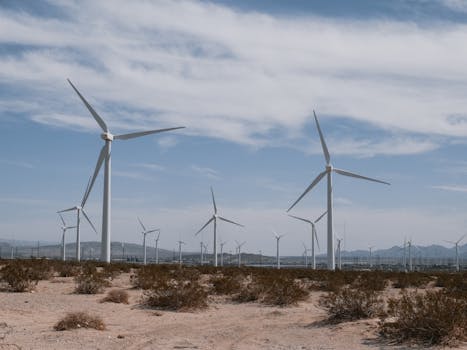
Orbiting Innovations: Exploring the Latest in Earth-Observing Technology
Earth-observing technology has come a long way since the first satellite was launched into space. Today, we have a plethora of satellites orbiting the Earth, providing us with valuable insights into our planet’s climate, weather patterns, and natural resources. Earth-observing technology is revolutionizing the way we understand and interact with our environment.
The latest advancements in satellite technology have enabled us to collect high-resolution images and data about the Earth’s surface and atmosphere. This information is being used to monitor climate change, track weather patterns, and predict natural disasters. For instance, the European Space Agency’s (ESA) Sentinel-2 satellite is equipped with a multispectral instrument that can capture images of the Earth’s surface with a resolution of up to 10 meters.
Applications of Earth-Observing Technology
The applications of Earth-observing technology are vast and varied. One of the most significant uses is in monitoring climate change. Satellites like NASA’s Landsat 8 and the ESA’s Sentinel-3 are providing critical data on sea level rise, glacier melting, and ice sheet movement. This information is helping scientists to better understand the impacts of climate change and develop more accurate models for predicting future changes.
Another important application of Earth-observing technology is in tracking weather patterns. Satellites like the Geostationary Operational Environmental Satellite (GOES) and the Polar-orbiting Operational Environmental Satellite (POES) are providing real-time data on weather patterns, enabling meteorologists to predict weather events with greater accuracy. This information is also being used to predict natural disasters like hurricanes, tornadoes, and floods.
Future of Earth-Observing Technology
The future of Earth-observing technology is exciting and promising. With the advent of new technologies like small satellites, cube satellites, and satellite constellations, we can expect to see even more detailed and accurate data about the Earth’s surface and atmosphere. For instance, the upcoming NASA’s Earth Observing System (EOS) will feature a fleet of satellites that will provide unprecedented insights into the Earth’s climate, weather patterns, and natural resources.
In addition, the increasing use of artificial intelligence (AI) and machine learning (ML) algorithms is enabling scientists to analyze large datasets from Earth-observing satellites more efficiently. This is helping to accelerate the discovery of new insights and patterns in the data, which can inform decision-making and policy development.
Conclusion
In conclusion, Earth-observing technology is a rapidly evolving field that is providing us with valuable insights into the Earth’s climate, weather patterns, and natural resources. The latest innovations in satellite technology are enabling us to collect high-resolution data and images of the Earth’s surface and atmosphere, which is being used to monitor climate change, track weather patterns, and predict natural disasters. As we look to the future, it is clear that Earth-observing technology will play an increasingly important role in helping us to better understand and protect our planet.